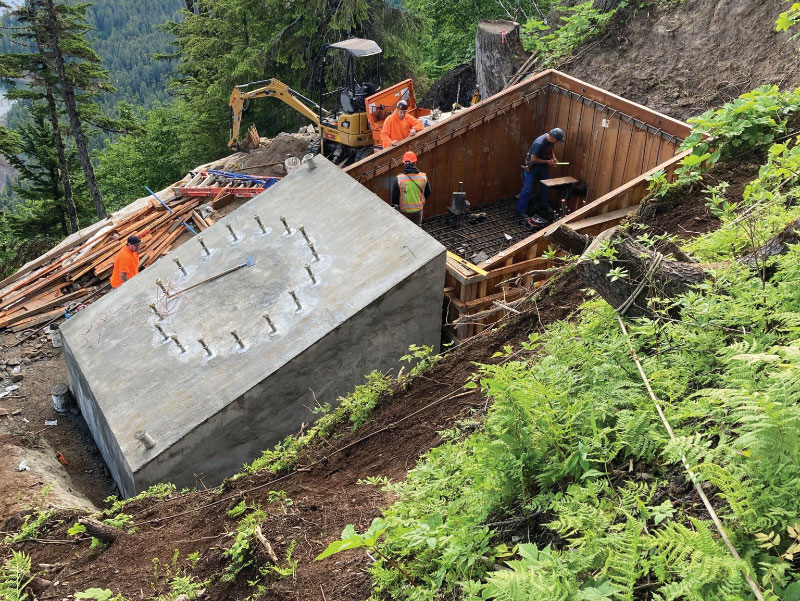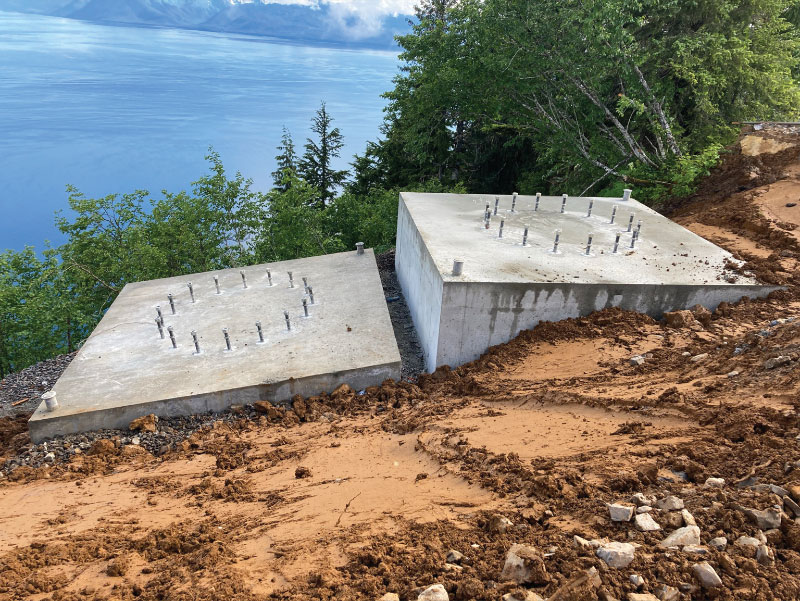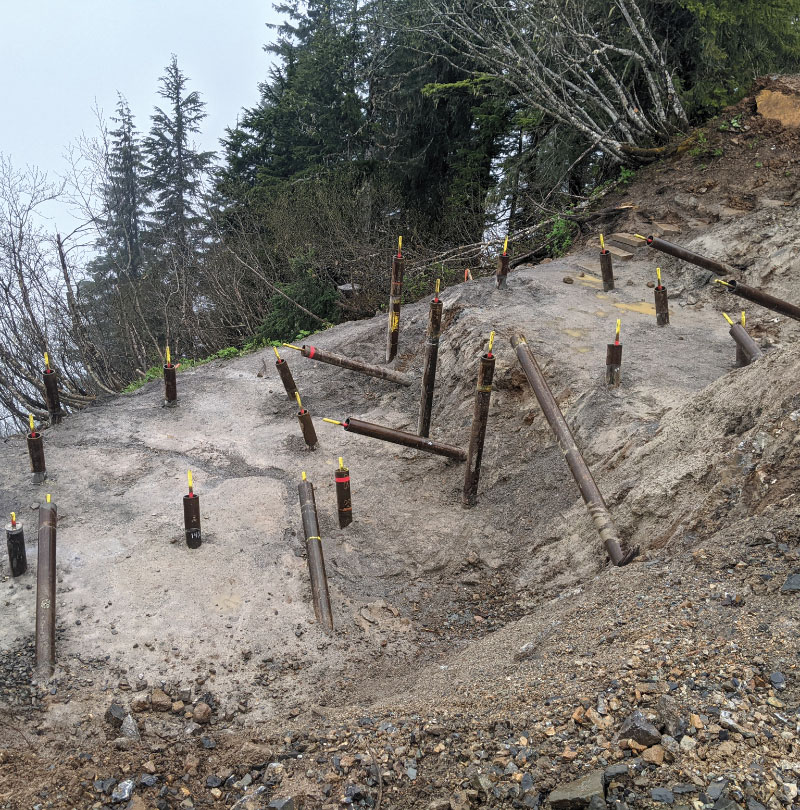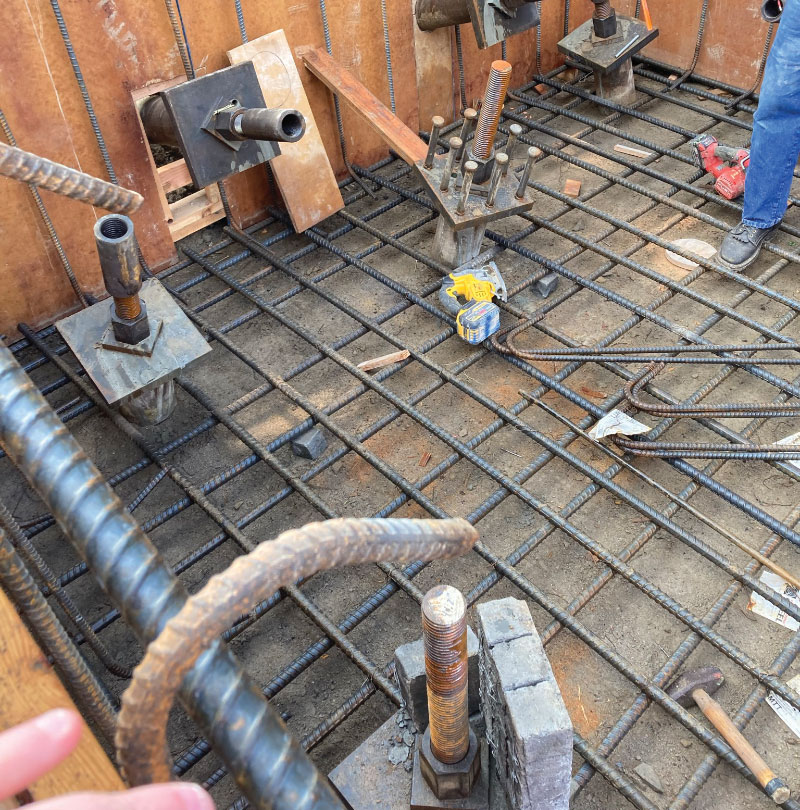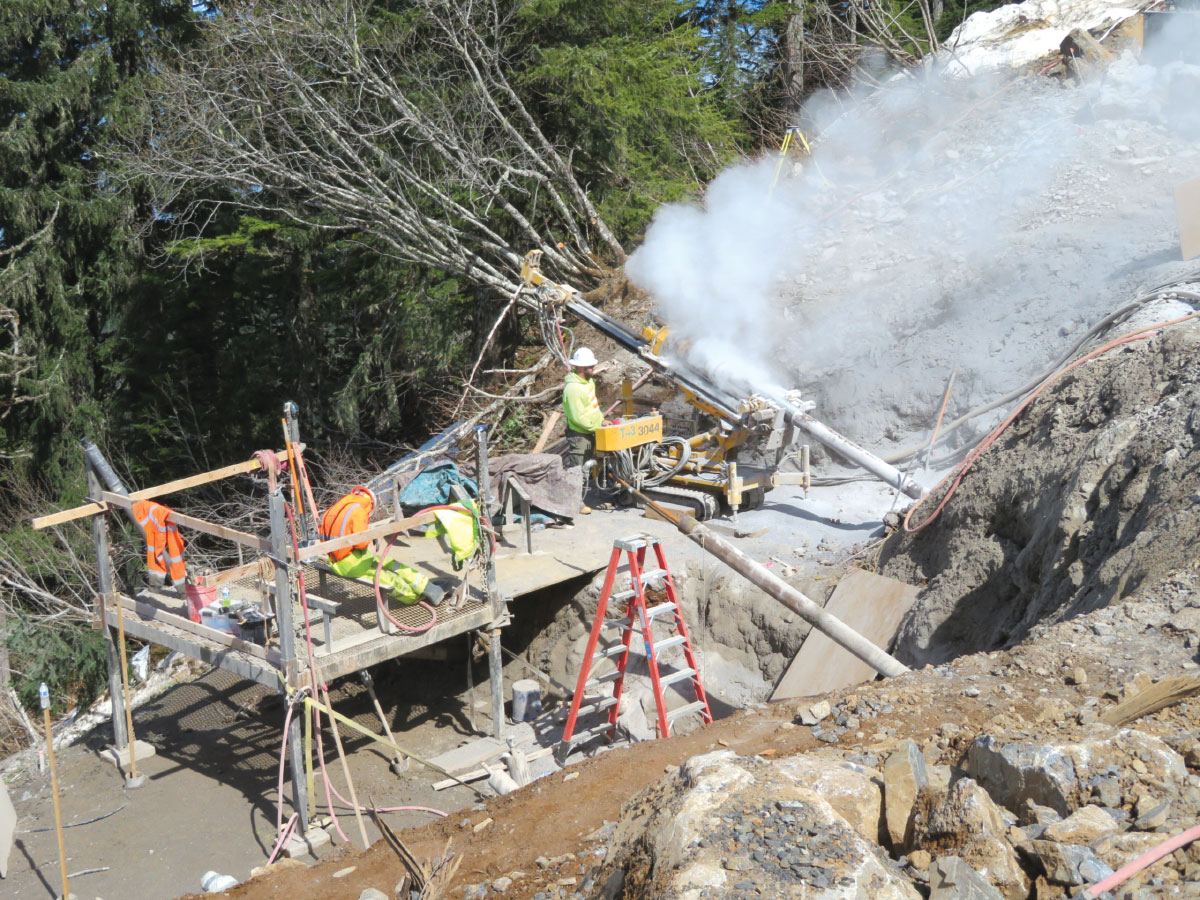
The southeast Alaskan panhandle is the traditional home of the Huna, a Tlingit (KLING-kit) tribe that makes up most of the population of Hoonah on Chichagof Island, bordered by Icy Strait.
Located about 55 kilometres west of Juneau, Alaska, and tucked against the base of Hoonah Mountain, the majestic scenery and abundant wildlife have helped the island town of less than 1,000 people transform into a bustling tourist destination. According to Cruise Lines International Association Alaska, Hoonah’s Port of Icy Strait Point will welcome 229 cruise ships between April and October of this year.
Those ships bring hundreds of thousands of passengers looking for an authentic and exciting taste of Alaska. Under the guidance of the Huna Totem Corporation (HTC), the local Alaska native corporation, Hoonah and the private cruise port of Icy Strait Point have been developed to feature a variety of tourist attractions.
These include a museum housed inside a restored salmon cannery, local arts and crafts shops, the world’s largest ZipRider and a host of land and water excursions such as bear and whale watching. Visitors previously embarked on a 30-minute bus ride up switchback dirt roads that ascended the side of Hoonah Mountain to access the zipline.
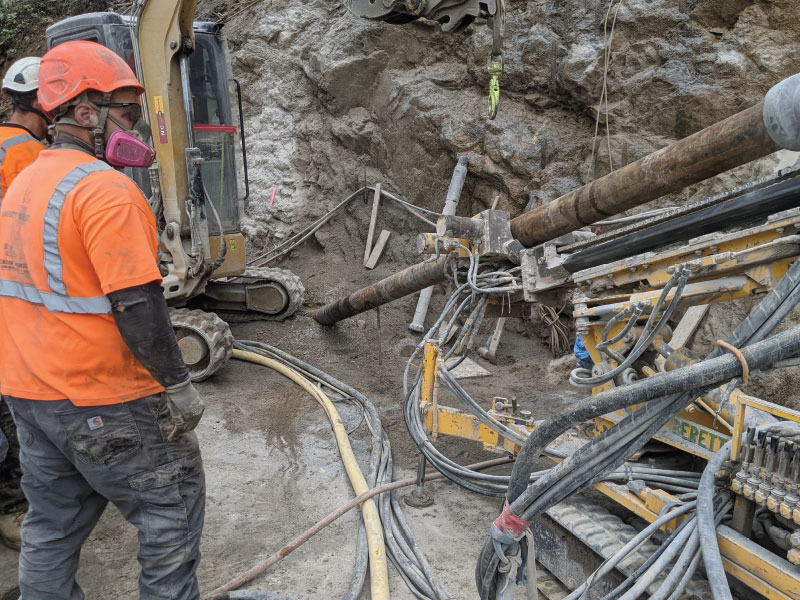
Then, in 2019, HTC broke ground on a second cruise ship dock. At the same time, Alaska-based PND Engineers, Inc. (PND) joined a design-build team tasked with constructing two passenger transport gondola lines and associated supporting infrastructure. The goal was to facilitate visitor movement and create a more efficient way to get thrill-seekers to the top of the mountain while creating a “vehicle-free zone.”
Sean Sjostedt, principal engineer at PND’s Juneau office, says his firm provided structural and geotechnical engineering services for gondola systems and other ancillary structures to support their operation.
“One gondola, the Transporter, is about a half-mile long, relatively flat and goes from the new dock and new facilities to the original dock and cannery,” said Sjostedt. “People get off their boat and get on the electric Transporter gondola to Wilderness Landing. From there, they can get on the electric Sky Glider gondola up to the top of Hoonah Mountain. They are small cars, an intimate setting, with eight people per car.”
Together, the gondolas can move 2,800 passengers per hour. The Sky Glider smoothly ascends the side of Hoonah Mountain in just six minutes, gaining 487 metres (1,600 feet) in elevation over a distance of 1.4 kilometres (0.85 miles). Along the way, riders are treated to unrestricted views of Alaska’s wild, rugged terrain. Initially, PND was only involved with the structural design of ancillary buildings such as restrooms, ticket sales booths and storage buildings for the gondola cars in the winter off-season.
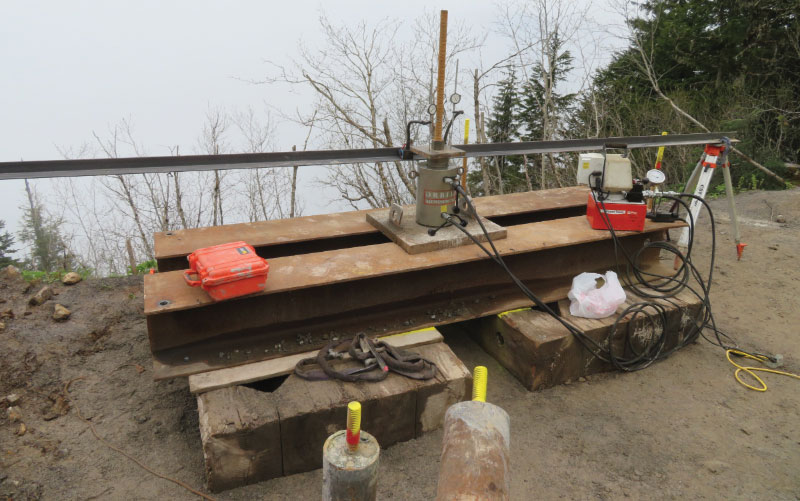
“In August 2019, we were contacted to quote for the Transporter gondola geotechnical engineering,” said Sjostedt. “We didn’t design the towers – they were designed and erected by Doppelmayr lift systems, a renowned Austrian cable car company. PND designed the foundations around the towers. Then, we became involved with the geotechnical engineering for the Sky Glider gondola.”
The US$42 million Icy Strait Point gondola job stands out in Sjostedt’s mind as one of the most challenging he’s ever worked on. Through the winter of 2019-2020, PND worked out the logistics of exploring each of the tower sites – 13 towers in total, marching up a mountainside through some of the most unforgiving terrain.
“After initial site reconnaissance, we suggested some changes to the tower locations,” he said in an interview with Piling Canada. “We started planning a field geotech investigation with helicopters, doing remote work in the off-season. (COVID-19) happened right when we were getting ready to start drilling.”
Aside from a global pandemic, the project also faced additional hurdles, including multiple delays for bad weather. “It was a challenging project,” said Sjostedt. “We were drilling with water, which freezes when cold. Water had to be flown in by helicopter every day. Helicopters based in Juneau had to come out and move the drill.”
Moreover, supplies arrived by air or barge with no regular freight barge in the winter. “Site-specific, this terrain is really steep, and these towers are really big, so we were trying to come up with an economical tower foundation design,” said Sjostedt. “We had to work within a limited construction capability and minimize the actual space we took up on the hillside, using very small equipment, including a mini excavator with a chisel hammer. We sometimes used hand-held hammers and chisels to cut rock.”
“You don’t want to mow down the hillside and get rid of the view that the tourists are coming to see, plus it is an ecologically sensitive area for wildlife. Any time you’re doing work in Alaska, you also need to recognize the cultural sensitivities.”
Sean Sjostedt, PND Engineers, Inc.
He also says that the worksite is heavily wooded. “You don’t want to mow down the hillside and get rid of the view that the tourists are coming to see, plus it is an ecologically sensitive area for wildlife. Any time you’re doing work in Alaska, you also need to recognize the cultural sensitivities.”
Most of the 13 tower base locations had some overburden or soil on top of the bedrock that needed to be more suitable for supporting the towers, which range in height from 12 metres (40 feet) to 55 metres (180 feet).
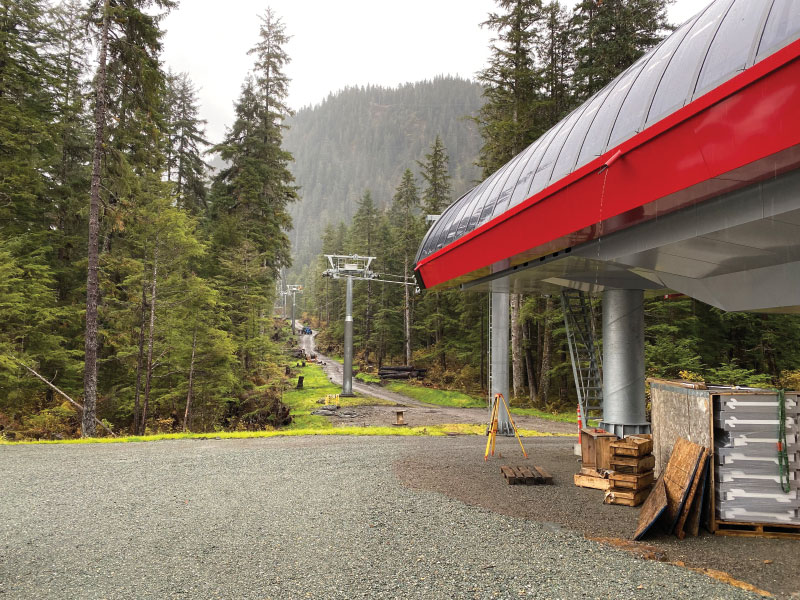
“It quickly became apparent that we were looking at deep foundations to get the footprint of these towers down,” said Sjostedt. “We brought in sub-consultant Landslide Technology because of their experience with challenging foundations in this terrain. We knew we had to get through five to 15 feet of overburden, or incompetent rock, before reaching a sharp rock to anchor to. The conditions lent themselves well to micropile-supported concrete foundations.”
Micropiles offered several advantages over conventional spread footings, including less hillside excavation and filling; load transfer from the foundations through vertical and horizontal micropiles to sharp rock beyond the existing ground surface; and a requirement for less concrete, which sometimes had to be delivered by helicopter.
The compact excavator and hand tools were used to construct a working platform and a footprint big enough for each tower foundation. Then, a small drill was brought in to install the micropiles. Dental concrete was used at the base of one tower, where a near-vertical rock face was located on the downhill side of the tower foundation footprint. Dowel bars tied the concrete to the hillside and provided a work surface for construction crews.
“They (Landslide Technology) provided micropile capacities and design, and PND did the structural design of the concrete pile caps, which connect the micropiles and the tower bases,” said Sjostedt. “We generally used 12 micropiles per tower foundation – 35 millimetres diameter to 57 millimetres diameter threaded rod micropiles. We used casing in the unbonded length of the micropiles to bridge from the bottom of the pile cap into the bonded zone. It was a pathway to get the load from one point to another.”
The micropiles were all installed by the summer of 2021. As each micropile set was finished, concrete was poured behind them. For about half of the towers, crews had to fly in one-third of a cubic yard of concrete at a time, using buckets suspended from a helicopter.
Safety first
A jobsite as remote and wild as the side of Hoonah Mountain required extensive planning to ensure the safety of everyone on the job. Early in the project, when the gondola alignment was selected, a mountaineering company ran static and dynamic lines from the base of the mountain all the way to the top.
“I would guess that probably three-quarters of the mountain was traversable just with the assistance of a static line where you are not clicked in,” said Sjostedt. “Several areas required active rappelling or descending where you are clicked into a harness. That was how we got into and out of each tower site. Depending on which tower you were working on, you’d go bottom-up or top-down. The crews hiked in every day.”
A jobsite as remote and wild as the side of Hoonah Mountain required extensive planning to ensure the safety of everyone on the job.
During construction, four to six workers hiked into the tower site. While conducting the geotechnical drilling investigation in the winter of 2020, they’d have to shovel the drill rig out from the snow – and some days, the weather prevented the helicopter from supporting them.
“At one point, we gave up. A big northerly storm was coming through, and we shut down for a month,” said Sjostedt. Avalanches and rock slides were also a big concern. During construction, spotters looked uphill for rockslides, and rockfall fences were installed to shield the workers. “Every person was tied off,” said Sjostedt. “Bears were seen on occasion, but typically, if there’s a group of people like that, they don’t bother them.”
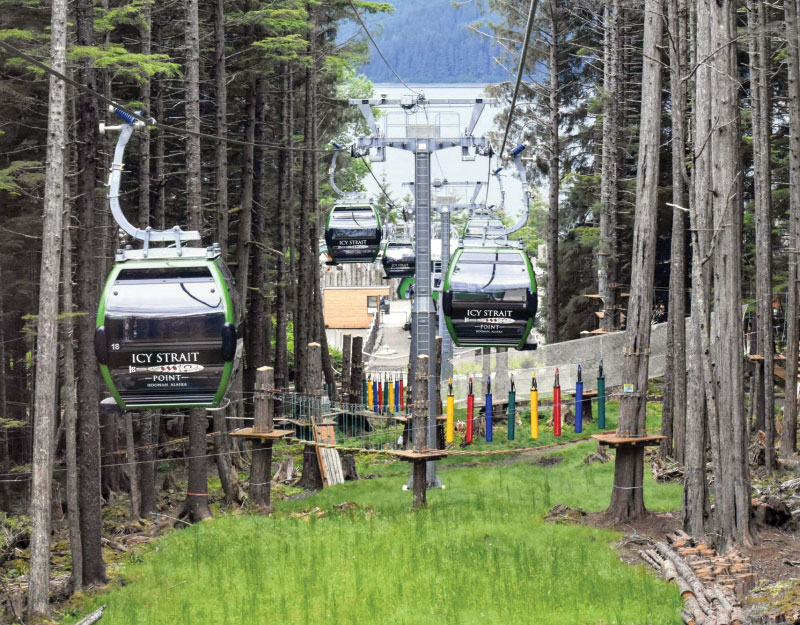
The Transporter gondola entered service in the fall of 2021, while the Sky Glider began bringing tourists up the mountain in the summer of 2022. Feedback from visitors to the port of Icy Strait Point has been enthusiastic about both fully-accessible gondolas, which facilitate more accessible transportation to the area’s many attractions.
“We’re very proud of this project,” said Sjostedt. “The feedback from the tourists is overwhelmingly positive.”
